Review - iOptron SkyTracker Pro & Counterweight Kit, page 2
Posted: 31 January 2017
D7200 DSLR Sky Astrophotography
My Nikon D7200 DSLR and lenses have these weights:
DSLR Camera body = 1.7 lbsRokinon 8mm fisheye lens = 0.9 lbs
Nikon 18-140mm lens = 1.1 lbs
Nikon 70-300mm lens = 1.6 lbs
Tamron 150-600mm lens = 4.3 lbs
So the maximum weight the SkyTracker Pro would need to handle is 6 lbs (plus the solar filter when necessary). The counterweight would be required whenever the combined weight is >2.6 lbs. For my DSLR imaging this means that I should use the counterweight whenever the DSLR with any lens is mounted.
Here are views of the DSLR and lens combinations on the SkyTracker Pro using a Manfrotto Ball Head Camera Mount and Barska Professional photographic tripod. The Vello Wireless ShutterBoss Timer Remote is mounted on the DSLR.
Rokinon 8mm fisheye lens
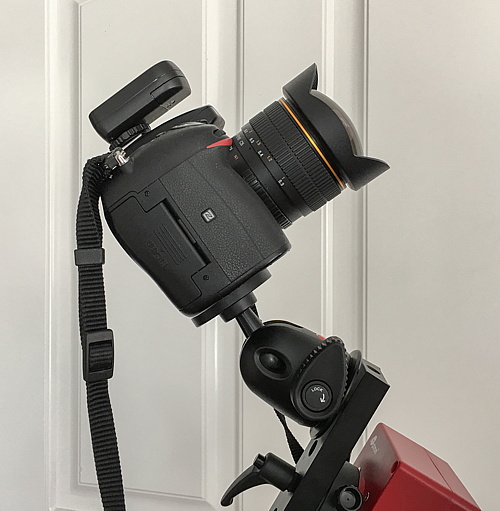
Nikon 18-140mm lens
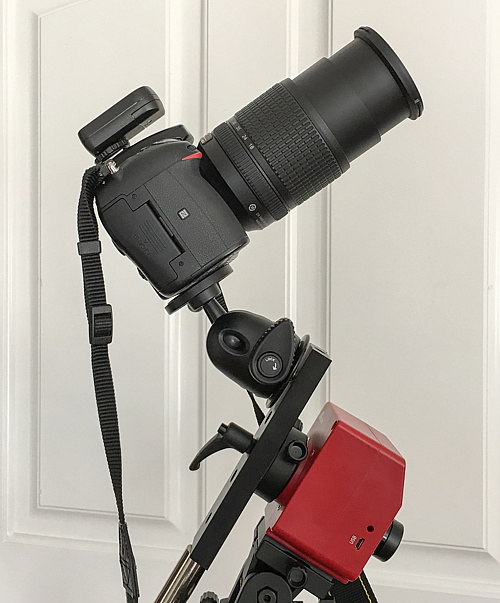
Nikon 70-300mm lens

Tamron 150-600mm lens with a Thousand Oaks Optical solar filter
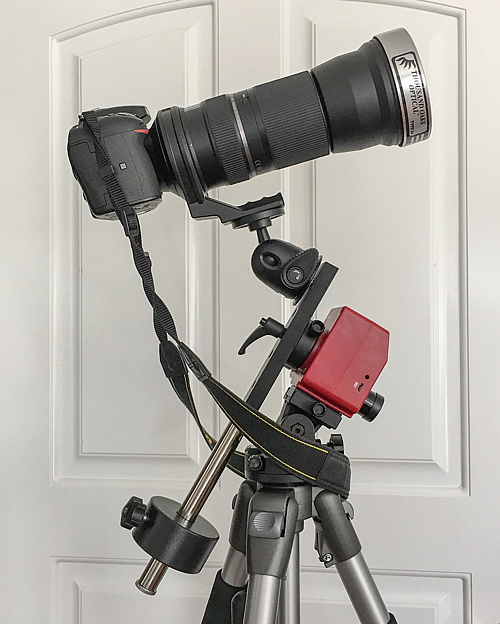
I did some astrophotography tests at various Declinations and exposure lengths with various focal lengths to show tracking accuracy. For comparison, I did tracking at 1X Sidereal Rate and 1/2X Sidereal Rate (used to reduce foreground object blurring). The following photos are not offered for "artistic" quality or good framing, but are only to show tracking results.
Winter Milky Way, Zodiacal Light, 8mm Fisheye lens, f/5, 10 minutes, ISO 1600, White Balance 4000K, 1X Sidereal
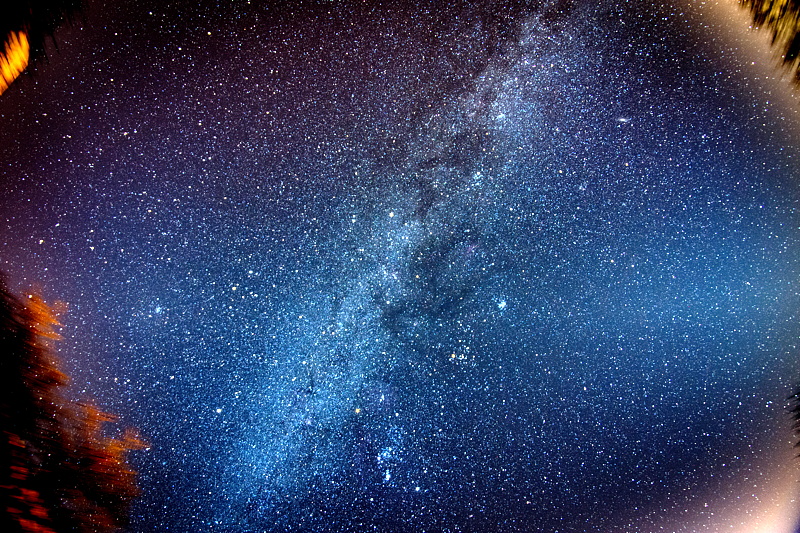
Mouseover or tap on image for labels
Winter Milky Way, Zodiacal Light, 8mm Fisheye lens, f/5, 10 minutes, ISO 1600, White Balance 4000K, 1/2X Sidereal
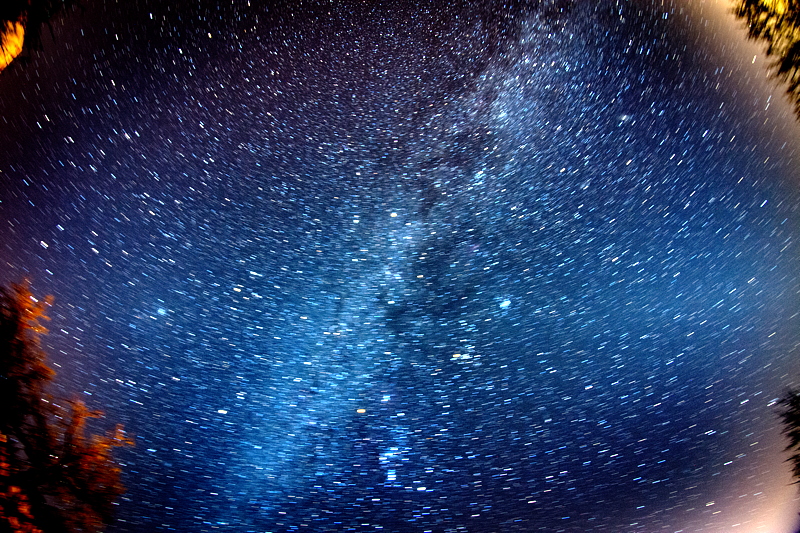
North Celestial Pole, 18mm lens, f/3.5, 10 minutes, ISO 1600, WB 4000K, 1X Sidereal
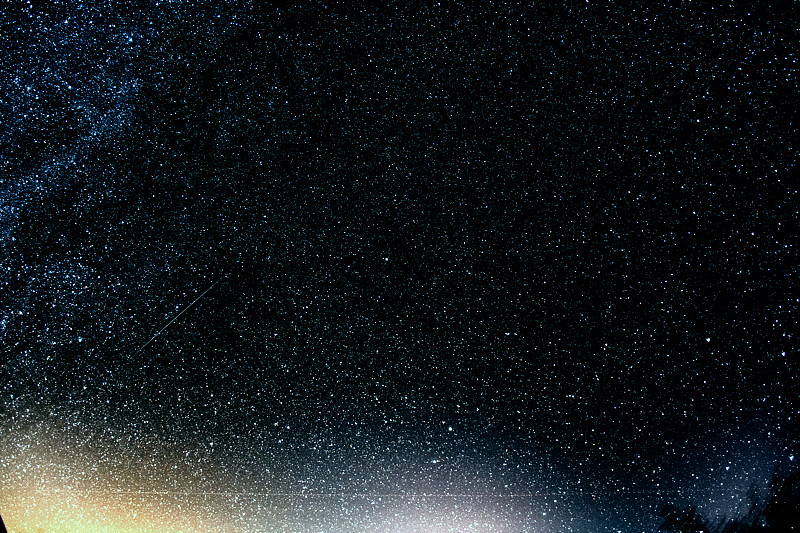
North Celestial Pole, 18mm lens, f/3.5, 10 minutes, ISO 1600, WB 4000K, 1/2X Sidereal
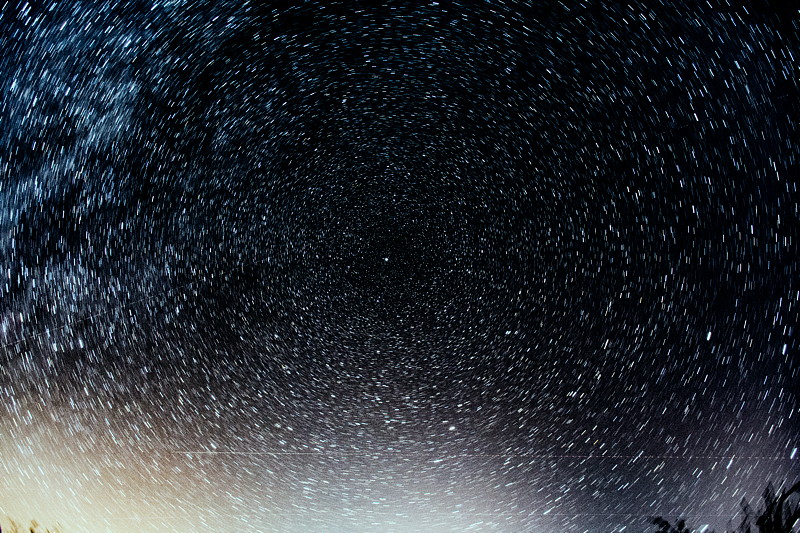
Orion, 18mm lens, f/3.5, 1 minute, ISO 1600, WB 4000K, 1X Sidereal
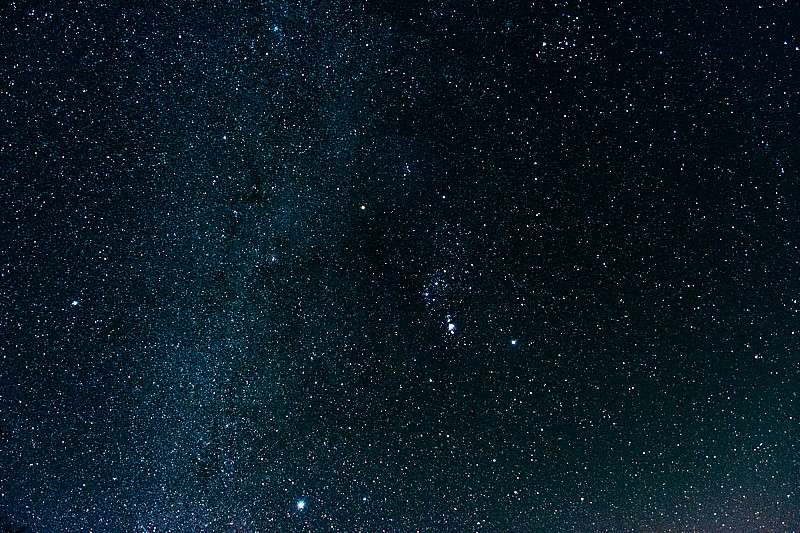
Orion, 18mm lens, f/3.5, 1 minute, ISO 1600, WB 4000K, 1/2X Sidereal
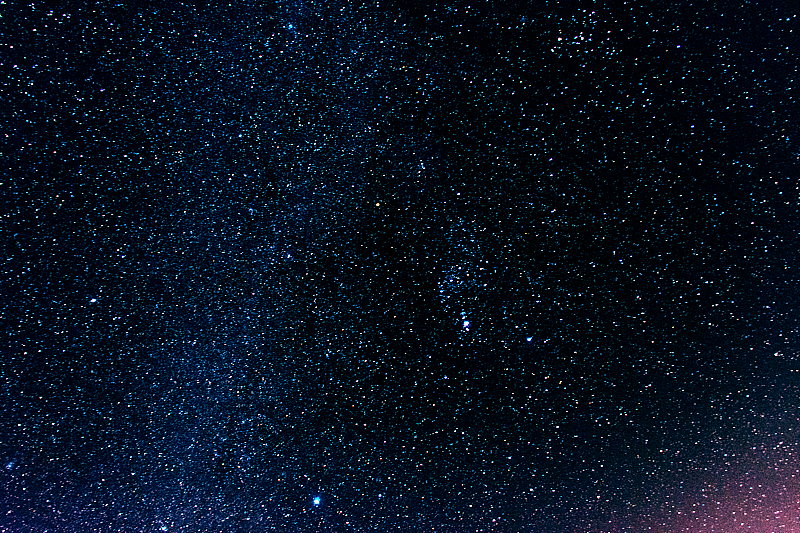
Orion, 18mm lens, f/3.5, 10 minutes, ISO 1600, WB 4000K, 1X Sidereal
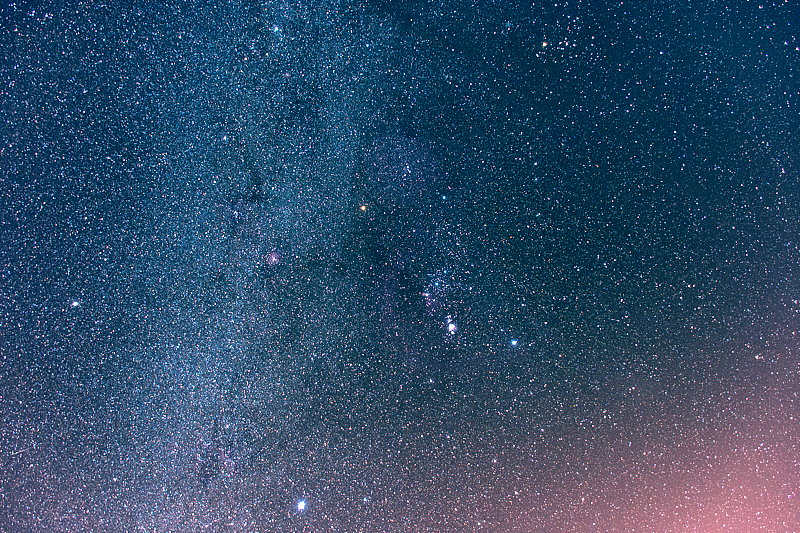
Orion, 18mm lens, f/3.5, 10 minutes, ISO 1600, WB 4000K, 1/2X Sidereal
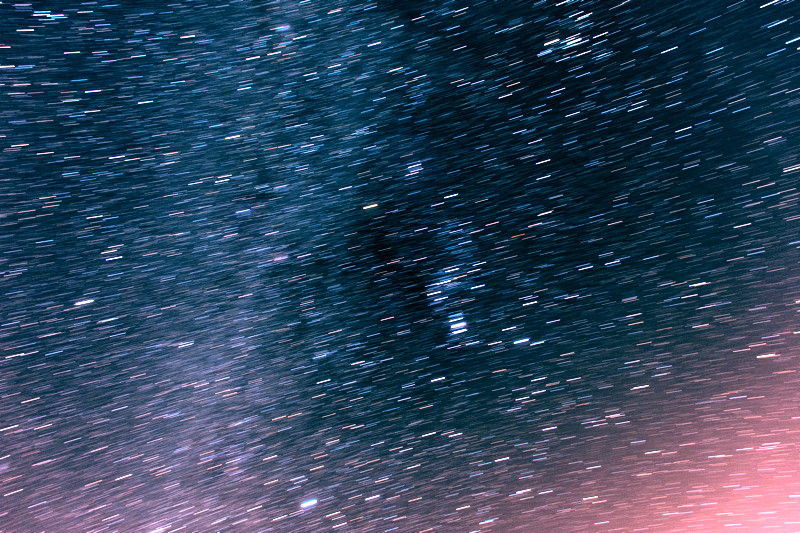
Praesepe Open Cluster (M44), 140mm lens, f/5.6, 1 minute, ISO 1600, WB 4000K, 1X Sidereal
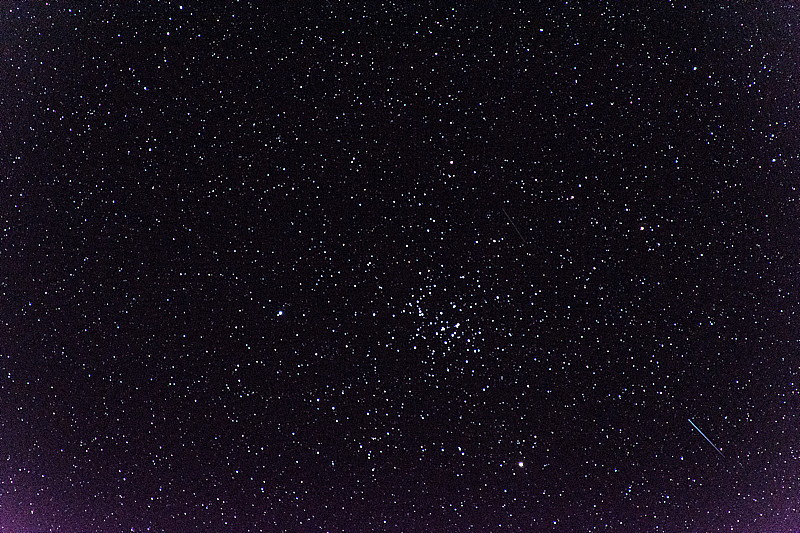
Double Cluster, 300mm lens, f/5.6, 30 seconds, ISO 1600, WB 4000K, 1X Sidereal
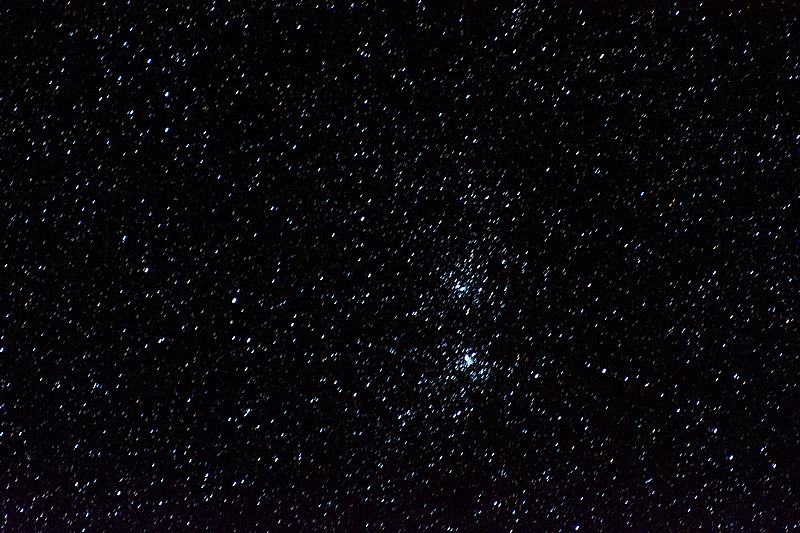
Andromeda Galaxy (M31, M32, M110), 300mm lens, f/5.6, 30 seconds, ISO 12800, WB 4000K, 1X Sidereal
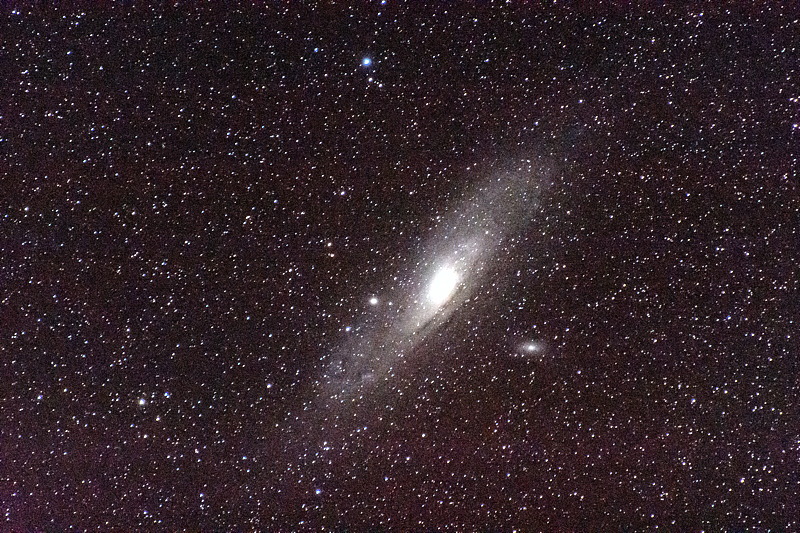
Orion Nebula & Running Man Nebula (M42, NGC1977), 300mm lens, f/5.6, 30 seconds, ISO 4000, WB 4000K, 1X Sidereal
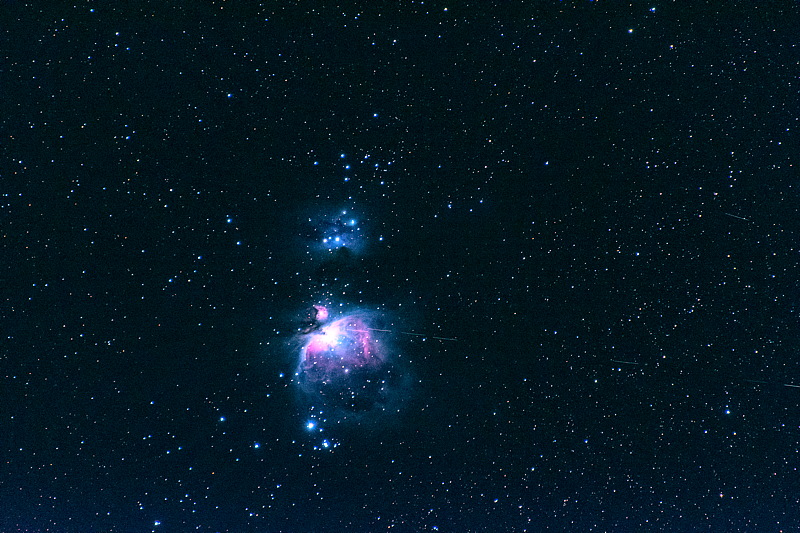
Flame Nebula & Horsehead Nebula (NGC2024, Barnard 33), 300mm lens, f/5.6, 1 minute, ISO 12800, WB 4000K, 1X Sidereal
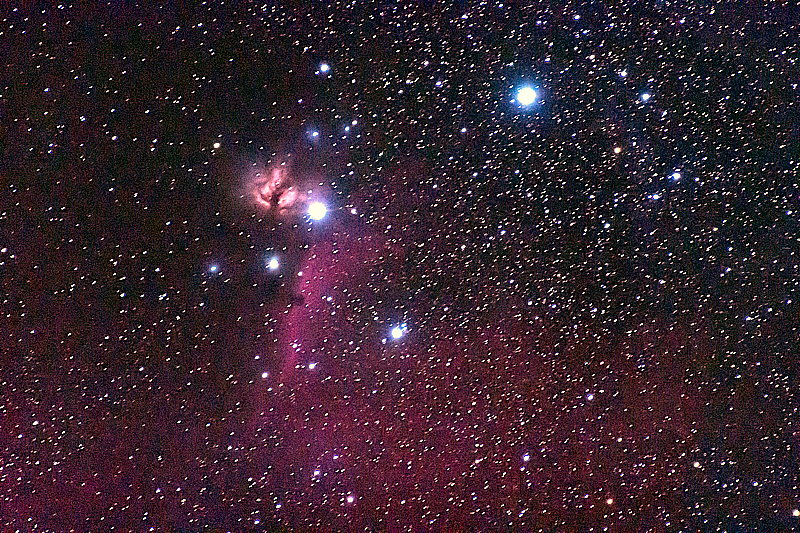
Orion Nebula & Running Man Nebula (M42, NGC1977), 600mm lens, f/6.3, 30 seconds, ISO 6400, WB 4000K, 1X Sidereal
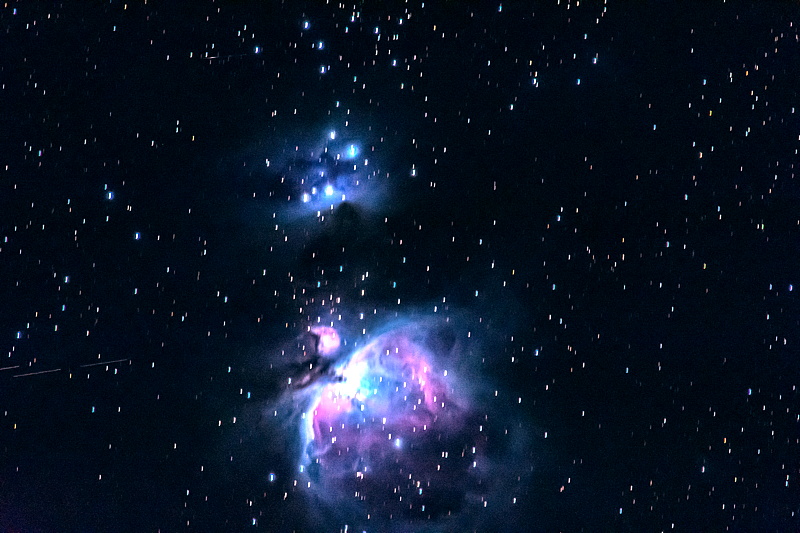
Flame Nebula & Horsehead Nebula (NGC2024, Barnard 33), 600mm lens, f/6.3, 2 minutes, ISO 12800, WB 4000K, 1X Sidereal

As you can see from the above photos, the SkyTracker Pro does an incredible job at 1X sidereal tracking for most purposes. Even when using a long focal length such as 300mm or 600mm impressive results are indeed possible. I do call your attention to the 600mm Orion Nebula and Running Man Nebula photo: you will see some tracking error in that photo. But notice that it is a Declination error, not a Right Ascension error. It turns out that was my error. I had inadvertently loosened a knob on the 150-600mm lens instead of on the Ball Head friction knob while pointing the lens at the nebulae. That error allowed the lens to shift position somewhat during the exposure. Oops. Just a word of caution when working in the dark!
The half sidereal rate images don't show many foreground objects for comparison, but from the star trails you can get an idea of how much tracking would be acceptable for your photos.
I also did some Sun photography to test the Solar Rate tracking. I mounted I monitored the Sun in the camera viewfinder for several minutes while using a focal length of 600mm (with the Thousand Oaks Optical solar filter) and the tracking was good. This is an image (slightly cropped) of the almost spotless Sun on 29 January 2017:
Focal length 600mm, f/6.3, 1/1000sec, ISO 400, White Balance Auto
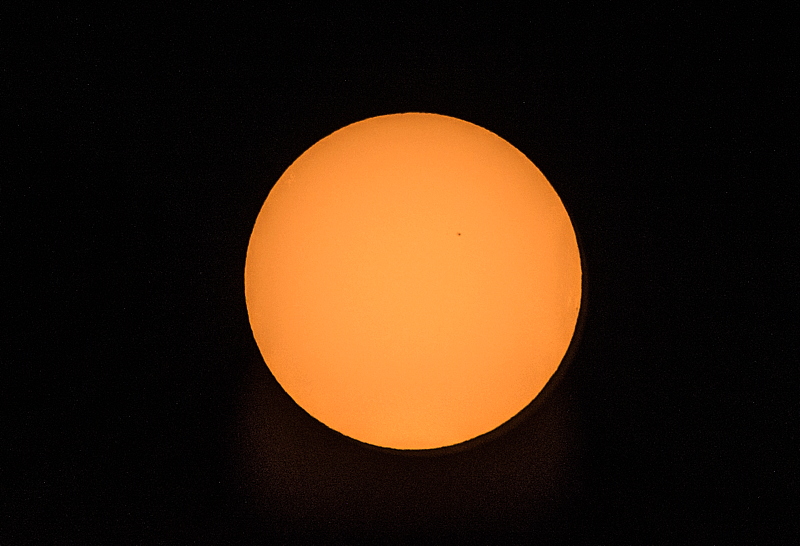
Two points to remember when using the SkyTracker Pro for imaging:
1. turn off the autofocus for your camera and focus on a star or set the lens to Infinity.
2. turn off Image Stabilization or Vibration Reduction on your camera/lens.
Go to Page 3, Smartphone Sky Astrophotography.
Comments are welcome using Email.
Cassiopeia Observatory Home Page
Copyright ©2017 Michael L. Weasner / mweasner@me.com
URL = http://www.weasner.com/co/Reviews/2017/iOptron_SkyTracker_Pro/index2.html
